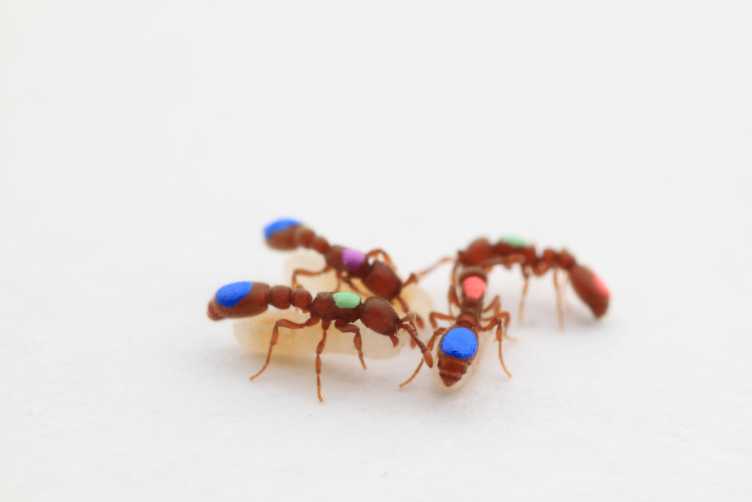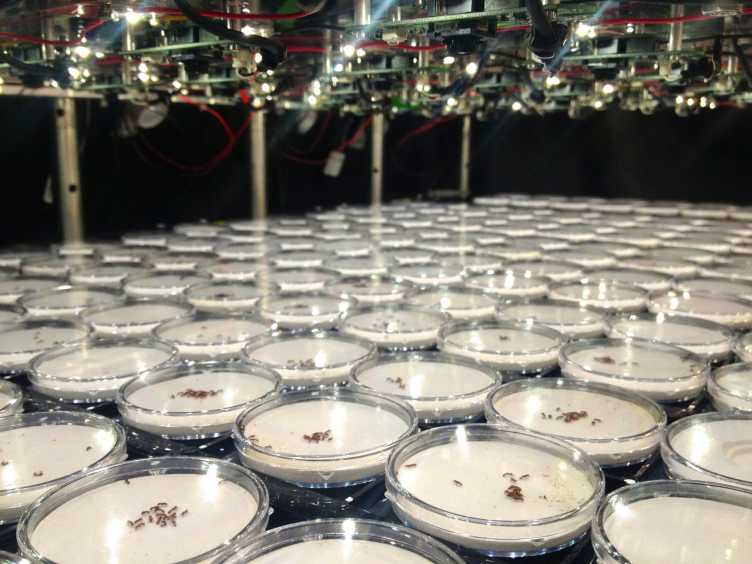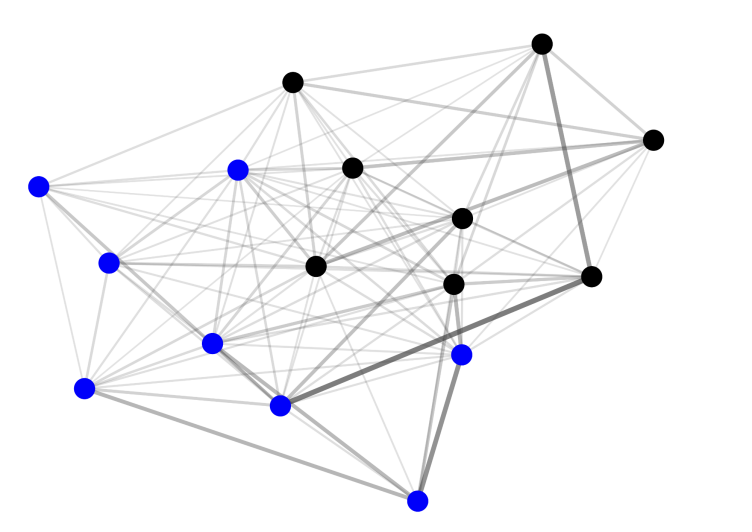Research
Social animals are thought to be particularly vulnerable to infectious diseases, because living in dense groups with frequent interactions between group members facilitates the spread of pathogens. Theory predicts that disease dynamics will depend in large part on a group's composition and social interaction network, but empirical data are scarce.
Our research takes an experimental approach to study how disease spreads in social groups, and whether social organization can reduce disease spread. Our goal is to understand the link between the composition of a social group, the structure of its interaction network, and its susceptibility to disease. To this aim, we use a social insect model system, the clonal raider ant, whose unusual biology provides precise experimental control over several aspects of group composition. We develop and use automated behavioral analyses to study how colonies with different composition (e.g., genetic, demographic) regulate behavior at the individual and group levels, and use experimental infections to study how this in turn affects group-level disease resistance.
System

Our study system, the clonal raider ant Ooceraea biroi (formerly: Cerapachys biroi), combines the rich social biology of ants with a high degree of experimental amenability. This species displays an unusually simple social organization: unlike other ants, clonal raider ant colonies have no queens, but instead consist of workers that reproduce asexually and synchronously, producing discrete cohorts of genetically nearly identical workers. This unique biology provides maximal experimental control over age and genotype at the individual and group levels. Other advantages of this system include a shorter generation time relative to other social insects, and the fact that small colonies of a dozen workers are fully functional
Methods

We developed a setup that can monitor over 100 experimental colonies simultaneously, and use custom software that tracks each ant in each colony in order to quantify individual behavior and colony-level patterns of social interactions in large-scale experiments.
In parallel, we develop and use protocols to infect ants with various live pathogens and monitor their transmission to other colony members.
